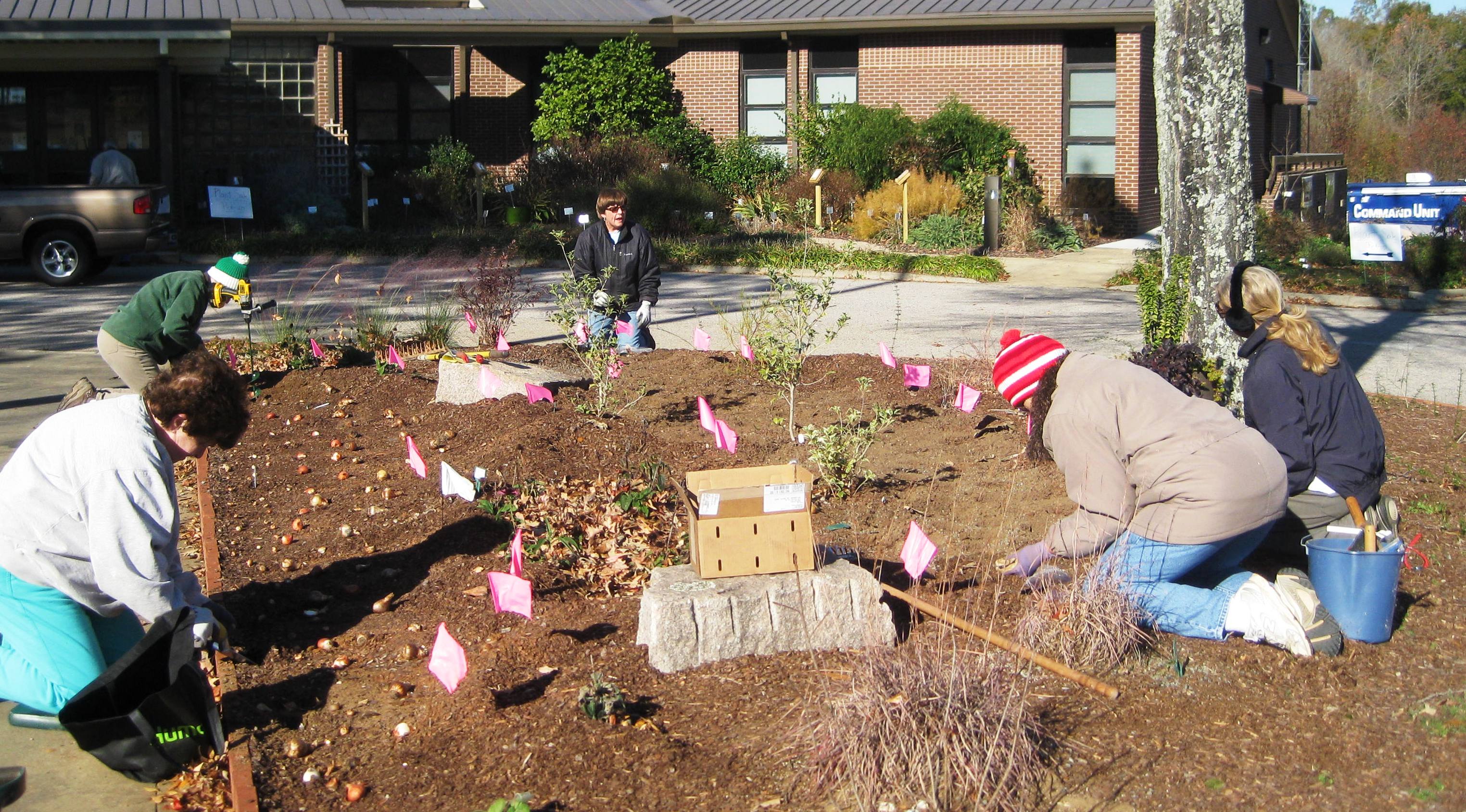Darrell Blackwelder: Get ready for winter
Published 12:00 am Friday, October 13, 2017

- Fall is the time to plant bulbs, mulch leaves, test soil and take care of other pre-winter chores. Submitted photo
SALISBURY — Seems like summer has returned recently with above-average temperatures and abundant rainfall. However, cool weather will be here soon enough and our day-length continues to wane. There are many outdoor chores homeowners must do before our abrupt arrival of winter.
Lawns: The window for establishment of cool season fescue lawns is narrowing. Early to mid-October is the latest fescue can be planted for optimum root growth during the winter. Cool season turf planted as late as Halloween in turf test demonstrations has had good results, but I wouldn’t wait too long to reseed. Delayed seeding during cooler weather translates to slower germination and weaker establishment through the winter. Homeowners with established lawns should continue to fertilize with split applications of nitrogen or turf fertilizer in late October and November.
Pruning: Most heavy-duty pruning is done in the spring. Boxwood and holly should not be heavily pruned now. Those that want to reduce new succulent shrub growth can do this at any time. Avoid pruning of azaleas and other spring flowering plants; you’ll be removing next season’s blooms.
October is bulb month. Purchase spring flowing bulbs now. Garden centers have an ample supply which dwindles quickly closer to planting season. Late October/early November is the best time to plant tulips, daffodils and other spring flowering bulbs. Try some of the lesser known bulbs to add interest.
Remove and store tender bulbs. Tender bulbs such as canna (actually a rhizome), gladiolus, caladiums and dahlias should be dug up and stored during the winter months. Gardeners often gamble and let these overwinter without damage; however, the risk is still there. Prolonged freezing temperatures often kills tender bulbs.
Mark perennials and bulbs. Many home gardeners get busy or forget to mark where perennials are planted. Many perennials die back at the first killing frost, becoming invisible during the winter months. Use plastic markers with water-proof markers to mark areas and protect both perennials and bulbs to avoid damage while working in perennial beds.
Compost leaves. Don’t let leaves lie on grass, especially newly seeded lawns, for extended periods. Leaves reduce growth, making grass turn yellow, especially on newly planted lawns. Composting eliminates leaves and provides mulch/nutrients to next season’s flowers and shrubs.
Test soil. Soil testing by the North Carolina Department of Agriculture should be done every two to three years for lawns and shrub beds. Most of the year (generally April through November), routine soil tests are provided at no direct cost to N.C. residents because of funding derived from a statewide fee on commercial fertilizer. However, from December through March, a peak-season fee of $4 is charged for the processing of all soil samples.
Evaluate your landscape. Take time to walk through the landscape and determine what needs to be done for improvement. Make notes and set goals for next season. Be careful not to take on too many tasks at once. Do one task at a time.
Darrell Blackwelder retired as Cooperative Extension director in Rowan County.




